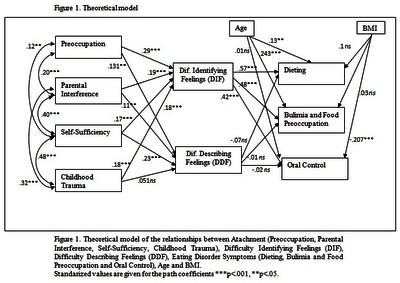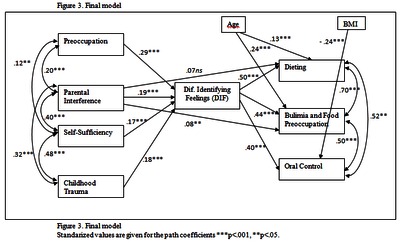Redondo Rodríguez, I;
Luyten, P;
(2021)
Alexithymia Mediates the Relationship Between Insecure Attachment and Eating Disorder Symptoms.
Journal of Rational-Emotive & Cognitive-Behavior Therapy
, 39
pp. 491-508.
10.1007/s10942-020-00381-0.

Preview |
Text (Article)
Redondo and Luyten JORECBT accepted.pdf - Accepted Version Download (607kB) | Preview |
![[thumbnail of Figure 1]](https://discovery.ucl.ac.uk/10115343/8.hassmallThumbnailVersion/Figure%201_MODIFIED.jpg)  Preview |
Image (Figure 1)
Figure 1_MODIFIED.jpg - Accepted Version Download (109kB) | Preview |
![[thumbnail of Figure 2]](https://discovery.ucl.ac.uk/10115343/13.hassmallThumbnailVersion/New%20Figure%202.jpg)  Preview |
Image (Figure 2)
New Figure 2.jpg - Accepted Version Download (74kB) | Preview |
![[thumbnail of Figure 3]](https://discovery.ucl.ac.uk/10115343/19.hassmallThumbnailVersion/New%20Figure%203.jpg)  Preview |
Image (Figure 3)
New Figure 3.jpg - Accepted Version Download (28kB) | Preview |
Preview |
Text (Table 1)
Luyten_Table 1. Zero Order Correlations.pdf - Accepted Version Download (157kB) | Preview |
Abstract
Insecure attachment and alexithymia have traditionally been associated with eating disorders. However, research has recently started to examine the specific mechanisms by which attachment insecurity affect disordered eating. The aim of this study was therefore to investigate the hypothesis that alexithymia mediates the relationships between insecure attachment patterns and eating disorders (EDs) and to test the relative contribution of each component of alexithymia. 323 female university students and 38 anorexic patients completed questionnaires on attachment, alexithymia and ED symptoms within a structural equation modeling approach. Insecure attachment was related to alexithymia, specifically difficulty identifying feelings (DIF) and difficulty describing feelings (DDF) subscales of the Toronto Alexithymia Scale. Furthermore, alexithymia scores were associated with eating disorder symptoms. However, only DIF mediated the relationship between attachment insecurity and ED symptoms. Despite the limitations of the cross-section design, attachment and alexithymia seem to be an important focus when preventing and treating EDs.
Archive Staff Only
 |
View Item |


